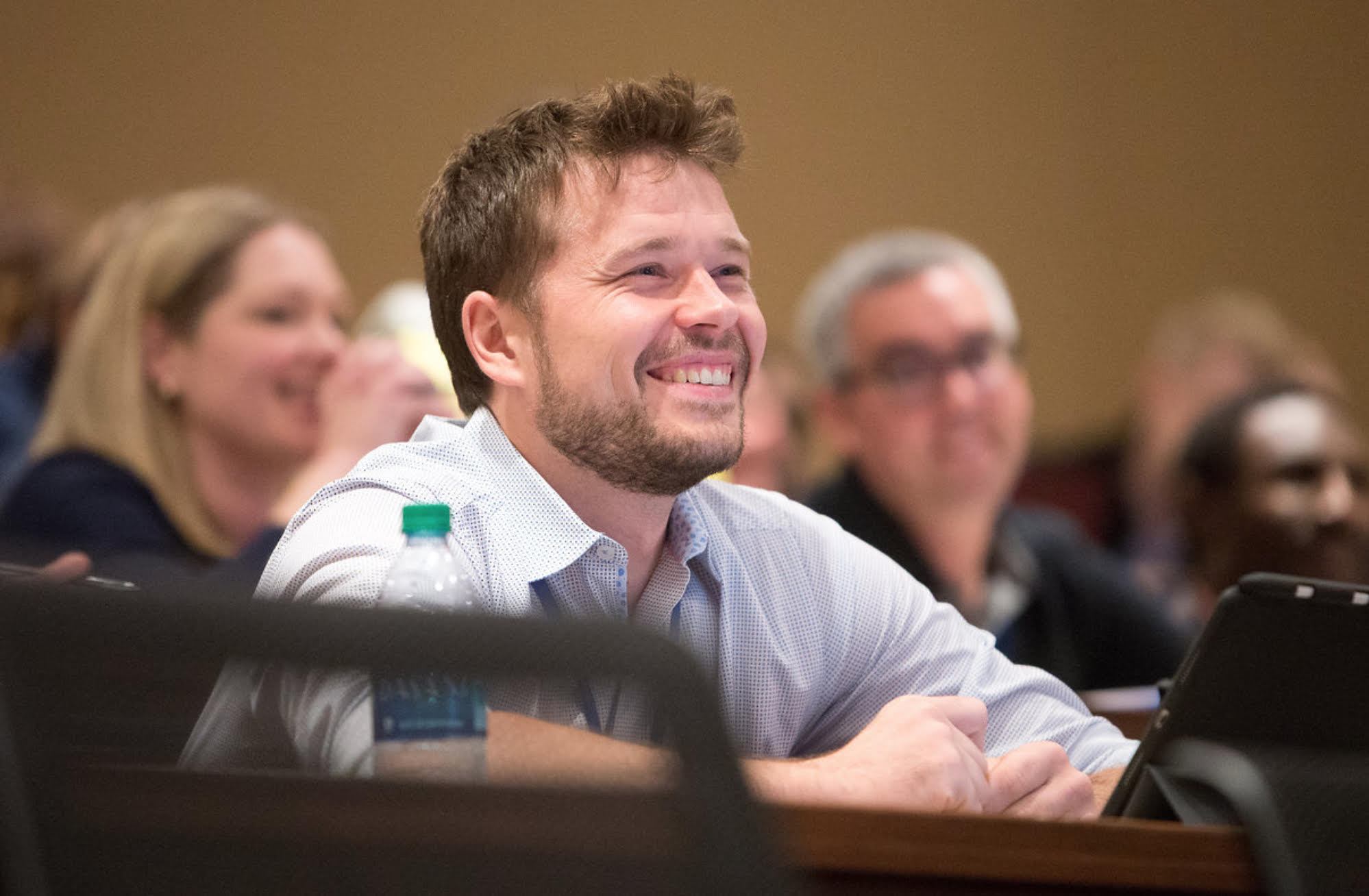Improving neuron differentiation outcome with slow-release growth factors
Thursday, October 10th 2019 - 4:00 PM (BST)
*If you are unable to attend at this time, please register and a link will be sent to you with the recorded version.

Petr Baranov, PhD, MD
The Schepens Eye Research, Institute of Massachusetts Eye and Ear, Harvard Medical School, USA
Blindness and vision impairment resulting from a loss or diminishment of retinal ganglion cells (RGCs) are irreversible. While the underlying pathology (elevation of intraocular pressure, acute trauma, poisoning, ischemia, inflammation as well as mutations in genomic and mitochondrial DNA) is diverse, all optic neuropathies (ON) phenotypically resemble neurodegenerative disease. From an initial decrease in the visual field patients gradually progress towards a complete loss of vision. Recent progress within the field of axon regeneration and RGC transplantation experiments demonstrated the feasibility of RGC cell replacement as a therapeutic approach. Our group works on the early critical aspects of cell replacement therapy: scale-up RGC differentiation and isolation from iPS/ES cell lines and the ability to subsequently transplant those in-vitro manufactured RGCs into the mouse models of RGC loss. Here I am going to discuss the utility of growth factor slow-release systems as a tool to improve neuron maintenance in-vitro.
